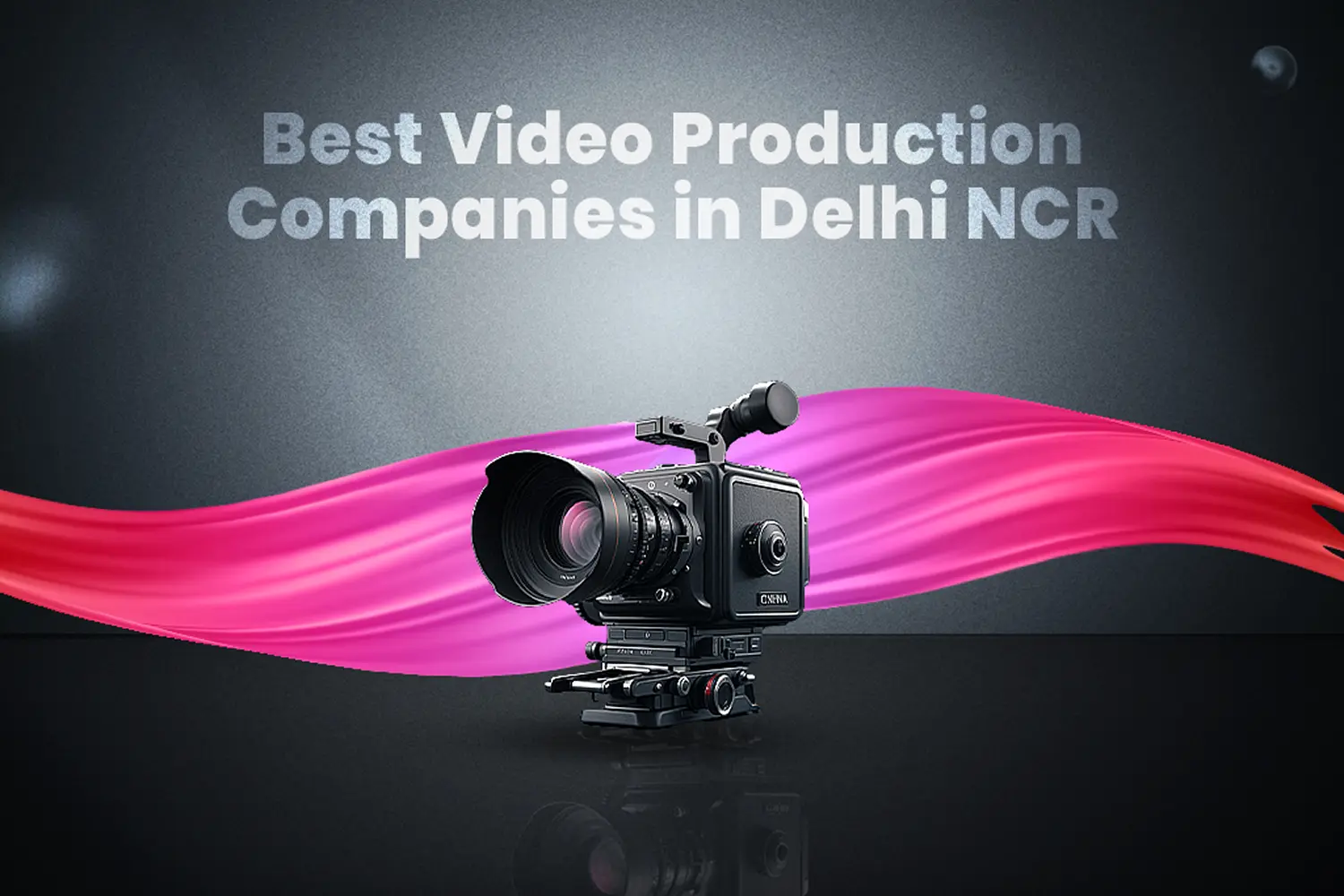In the world of video production and content creation, you often hear about the best practices and strategies that are guaranteed to succeed. But what if we told you there are some so-called “forbidden” tactics that many experts shy away from, yet they can still be effective if used correctly? Sometimes, the key to standing out in a crowded market is to do what others are too cautious to try
1. Overloading Your Videos with Information
One of the first things you’re told when creating videos is not to overwhelm your viewers with too much information. The standard advice is to keep things short and sweet, making sure your message is clear and concise. While this works for certain formats, there’s another side to the story.
In some cases, overloading your video with dense information can work in your favor. This tactic is particularly effective for audiences who are truly interested in the details. Think of tutorials, deep-dives, or behind-the-scenes content. Sometimes, your viewers don’t want a brief overview — they want all the facts, and they’re willing to spend extra time watching. By presenting detailed and rich content, you’re positioning yourself as an expert in the field, which builds trust.
2. Ignoring the “Ideal” Video Length
You’ve probably heard that the ideal length for a video is anywhere between two to five minutes. Any longer, and people will lose interest, right? Not necessarily. While attention spans are a real concern, longer videos can serve their purpose, especially if the content is engaging enough to hold attention.
Documentaries, product reviews, and explainer videos can sometimes benefit from a longer format. Don’t be afraid to break the so-called rules if the story or message you’re telling needs more time to unfold. The key is to make sure the content justifies the length. If you’re delivering value, your audience will stick around.
3. Using Clickbait Titles (But Doing It Right)
Clickbait has earned a bad reputation over the years, and for good reason. It’s often associated with misleading titles that trick viewers into clicking on content that doesn’t deliver. However, if done properly, a well-crafted “clickbait” title can actually attract the right audience to your video.
The trick is to ensure your video title sparks curiosity without being deceptive. Give viewers a reason to click, but make sure you follow through with valuable content that aligns with the promise in your title. Done correctly, this strategy can significantly boost your view count and engagement.
4. Minimal Editing: Letting Imperfections Shine
In an industry where high-quality production and flawless editing are the norms, minimal editing may seem like a bad idea. But for certain types of content, showing imperfections and keeping things raw can actually work to your advantage.
Think about live streams, behind-the-scenes videos, or vlogs. Viewers are drawn to authenticity, and sometimes an overly polished video can feel artificial. By leaving in small mistakes or rough edges, you make your content feel more real and relatable. It gives your audience a glimpse into the human side of your brand, which can create a stronger connection.
5. Breaking the Visual Hierarchy
A common design principle in video production is to follow a clear visual hierarchy, ensuring that viewers know where to focus. This means emphasizing the main subject while de-emphasizing background elements. However, breaking this rule can sometimes make your video more interesting.
Instead of making the subject the obvious focal point, try drawing attention to unexpected areas of the frame. You can use distractions or shifts in focus to keep viewers intrigued, pulling them into the story in an unconventional way. This tactic can be particular
6. Overusing Text on Screen
It’s often said that too much on-screen text can detract from the video, taking the viewer’s attention away from the visuals. While this is true in many cases, there are situations where more text can actually enhance your message.
For instructional or educational videos, text can serve as a valuable reinforcement tool. Sometimes, viewers need to see the information written out to fully grasp it. Captions, labels, or even blocks of text can help convey complex ideas clearly. When used strategically, text-heavy videos can be just as impactful as visually-driven ones.
7. Using “Outdated” Trends
In the fast-paced world of video production, new trends come and go quickly. While many creators chase after the latest techniques and styles, there’s nothing wrong with revisiting “outdated” trends that were once popular. What was old can become fresh again.
For example, grainy filters, retro transitions, or VHS-style effects might seem like a thing of the past, but they can be effective when used in the right context. These elements can evoke nostalgia or add a creative touch to your videos, helping them stand out in a sea of modern styles.
8. Overproducing for Simple Content
Another piece of advice you often hear is not to overproduce simple content. For instance, why spend hours filming and editing a 30-second clip for social media? But sometimes, going all-out for even the simplest videos can produce stunning results.
Imagine putting together a product video that’s short but shot with professional lighting, multiple camera angles, and seamless transitions. Your audience might expect something basic, but you’ll surprise them with high production quality. This contrast can make your content memorable and give you an edge over the competition.
Conclusion
When it comes to content creation, following the traditional rules will only get you so far. Sometimes, breaking the rules and using “forbidden” strategies can lead to unexpected success. Whether it’s overloading your video with information or experimenting with outdated trends, these unconventional approaches can help your content stand out in a competitive market. The key is to know your audience, be intentional with your choices, and don’t be afraid to take risks.
In the end, it’s not about playing by the rules — it’s about creating content that resonates with your viewers in a meaningful way.




One Response
I love the idea of breaking the usual content rules. Got some cool ideas to try now—thanks for sharing!